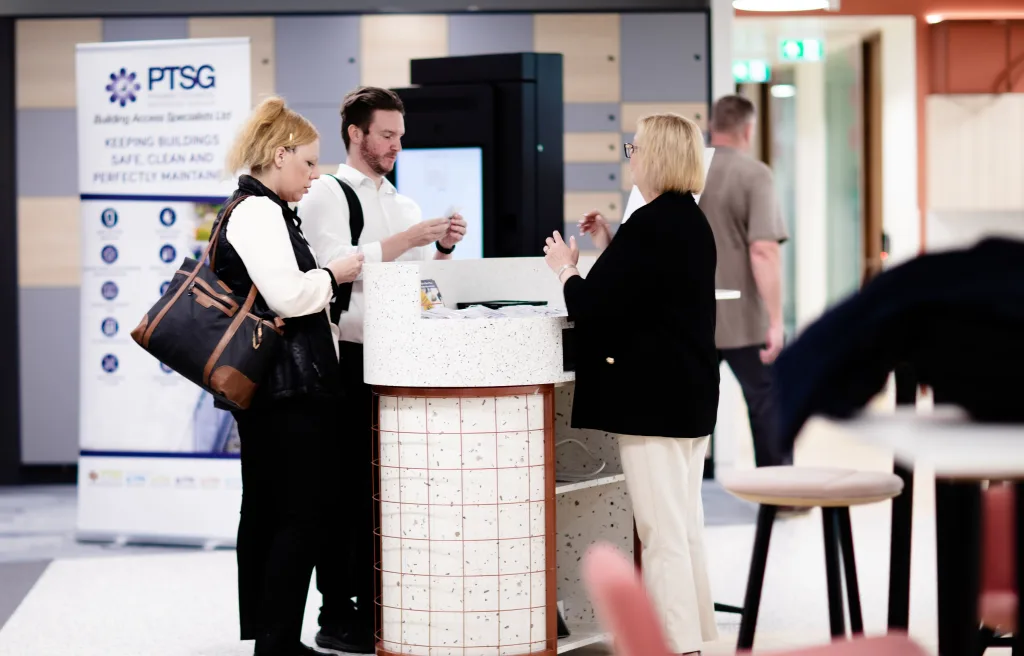Lightning protection systems are vital to minimise the risk of damage to buildings and their occupants by safely conducting lightning strikes to the ground.
Once a lightning protection system is installed, it must be professionally tested at least once a year to ensure it is capable of conducting a potential lightning strike to a safe earthing point. This ensures compliance with the Electricity at Work Act 1989 and BS EN 62305.
A test and inspection covers a number of areas:
- A visual inspection of all components of a lightning protection system, including rods, conductors, connections and ground electrodes is generally the first part of a test and inspection. An expert from a service provider such as PTSG will look for signs of physical damage corrosion, loose connections, or any visible wear.
- A grounding system inspection verifies the integrity of the grounding system by inspecting ground rods, ground plates, and other grounding components. It also ensures that the grounding system is free from corrosion and has a low resistance to the ground.
- Bonding connections should be inspected to ensure that all metallic components of the structure are adequately bonded together. Experts should check for proper connections between lightning protection components and other metal elements on the structure.
- Surge protection devices should be checked to ensure they are properly installed and functioning. Any damaged or expired surge protection devices should be replaced according to the manufacturer’s recommendations.
- Conductivity testing should be performed on lightning protection conductors to ensure they meet specified requirements. Appropriate equipment should be used to measure the resistance of the conductors.
- Original documentation and installation records should be reviewed to ensure the lightning protection system was installed correctly. A comprehensive record should be maintained of all inspections and tests conducted.
- A system test may be needed to simulate a lightning strike and ensure that the protection system functions as intended. Suring the test, the response of surge protection devices will be monitored and evaluated.
- Air terminals (lightning rods) should be inspected for any damage or signs of wear. This includes ensuring they are free from obstructions that could inhibit their ability to intercept lightning.
- After severe weather such as thunderstorms or lightning strikes, a thorough inspection of the lightning protection system is required to identify any potential damage.
A leading specialist such as PTSG will use specialised equipment to assess the integrity and performance of the lightning protection system. They will also verify that the system complies with the relevant safety standards and regulations.
Free consultation

Our Divisions







